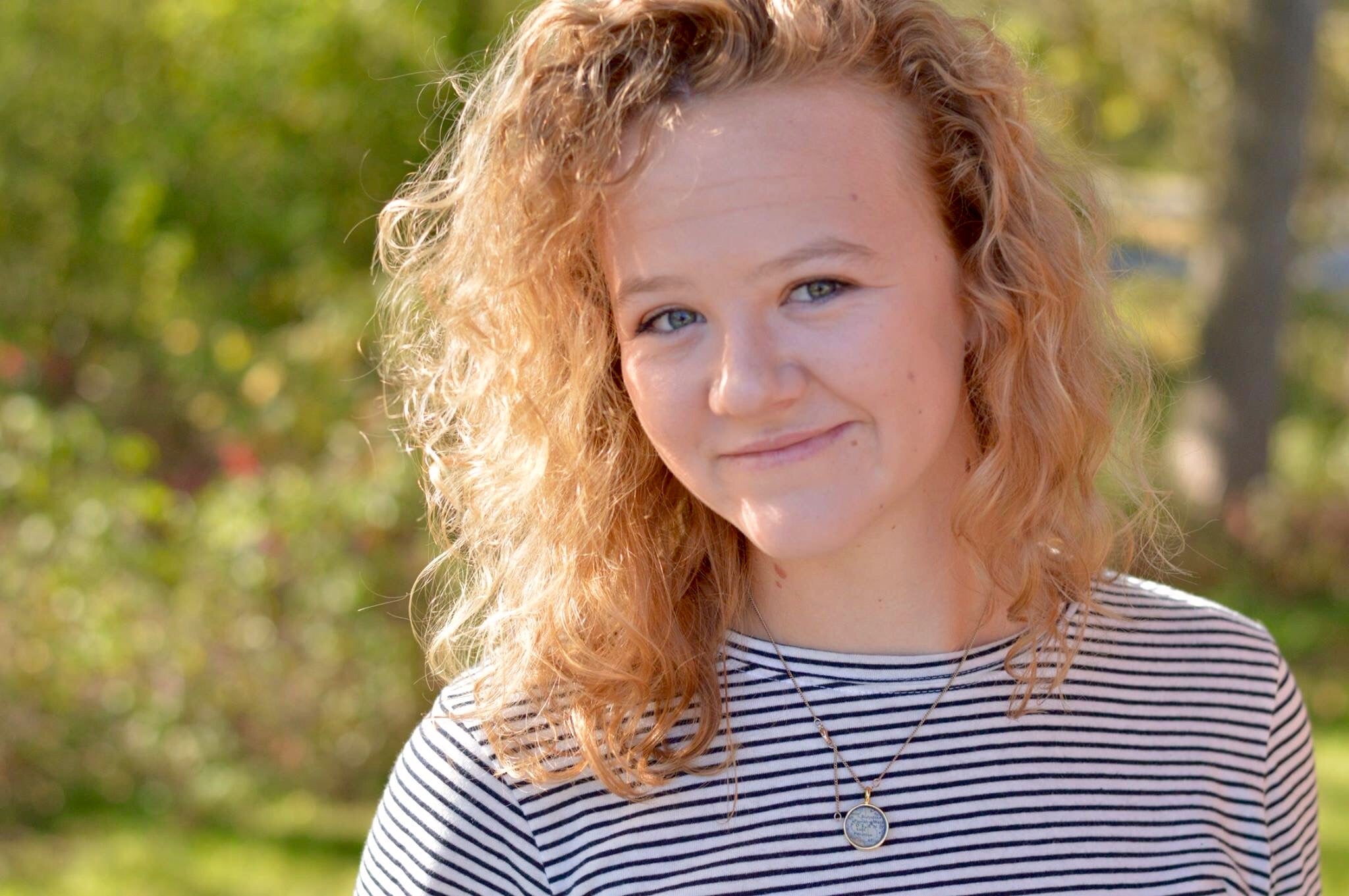Jagienka Timek

Pronouns: She/Her/Hers
UROP Fellowship: Biomedical and Life Sciences
Research Mentor(s): Stephen Kemp, PhD
Department of Surgery, Plastic Surgery Section
Presentation Date: Tuesday, July 28, 2020 | Session 2 | Presenter: 4
Authors: Jagienka Timek, Dan C. Ursu, Paras G. Patel, Elissa Welle, Cynthia A. Chestek, Paul S. Cederna, Stephen W.P. Kemp
Abstract
Advanced motorized prosthetic limbs are capable of fine multiple joint manipulations and possess the potential to emulate the intricate functions of the native extremity. Equipped with force or pressure sensors, these devices are also able to provide sensory information to the user. However, increasing a prosthetic’s manipulative degrees of freedom requires additional controlled inputs from the amputee in the form of electrical signals from severed nerves. The development of a reliable interface between amputee and a prosthetic device is therefore crucial for closing the motor-sensory feedback loop between human and machine. The Regenerative Peripheral Nerve Interface (RPNI) and Composite-RPNI (C-RPNI) are biologic nerve interfaces designed for stable integration of a prosthetic device with transected peripheral nerves in a residual limb. The RPNI utilizes a free muscle graft as a neural signal transducer, while the C-RPNI incorporates a skin graft combined with the muscle graft to simultaneously transduce efferent nerve signals via muscle, and afferent sensory cues back to the brain. Both RPNIs and C-RPNIs may benefit from electrode arrays able to simultaneously record multiple motor units to enhance the degrees of freedom for prosthetic control and, in the dermal component of C-RPNI, provide sensory modalities to the user. This is a necessary component to enhancing the connection between human and prosthesis, yet there remains a lack of a fully functional, widely used, and reliable device with high recording and transduction capabilities to perform this function. Carbon fiber electrodes present a promising technical solution to this problem. The present work utilized ultrafine carbon fiber electrode arrays to stimulate and record single unit motor and sensory information from skin, muscle and nerve.
12 rats were randomly assigned to either an RPNI (n=6) or C-RPNI (n=6) surgical group. After a three-month recovery period, animals were anesthetized and Carbon Fiber Micro-electrode Arrays (CFMA) were implanted into the peroneal nerve and muscle graft of the RPNI group, as well as the skin graft for the C-RPNI group, for single fiber stimulation and recordings. Both groups were electrophysiologically evaluated by electrically stimulating single carbon fibers.
We hypothesized that the incorporation of CFMA’s into the RPNI and CRPNI constructs will result in amplified neural signals and the stimulation of different skin regions of CRPNI dermal grafts, thereby strengthening the motor-sensory feedback loop between patient and prosthesis.
Google Slide Presentation
Presentation Script
Research Disciplines
Biomedical Sciences



